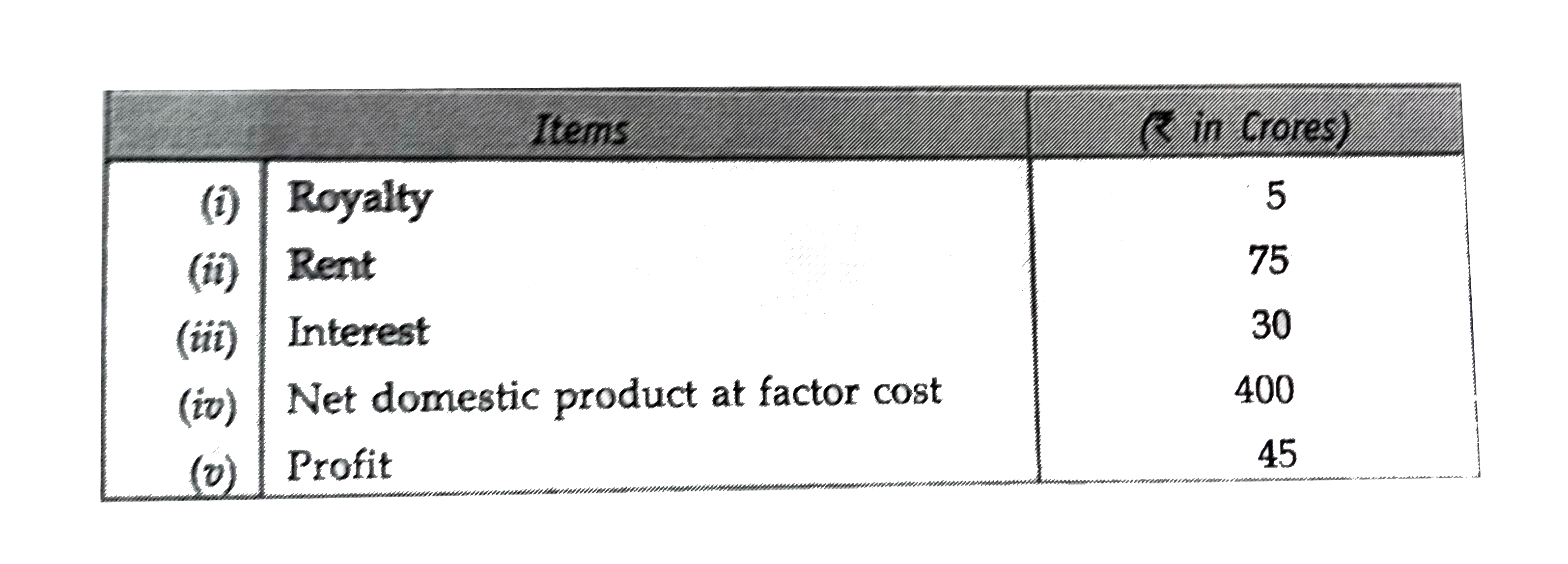Assuming ΔH∘ and S∘ do not change with temperature. Calculate, the boiling point of liquid A using the thermodynamic data given below.

300 K
130 K
150 K
50 K
The correct Answer is:A
A(l)→A(g) at boiling point
ΔH=−100−(−130)=30kJ/mol,ΔS=200−100=100kJ/mol
For equilibrium ΔG=0⇒Tb=ΔHΔS=300K
Similar Questions
Knowledge Check
Assuming ΔH∘andS∘ do not change with temperature. Calculate, the boiling point of liquid A uing the thermodynamic data given below:
Thermodynamic dataΔH∘(kJ/mol)S∘(JK−1mol−1)A(l)−130100A−100200(g)A300KB130 KC150 KD50 KIn conversion of limestone to lime , CaCO3(s)→CaO(s)+CO2(g) the values of ΔH∘andΔS∘ are +179.1 KJ/mol , 160.2J/K respectively at 298 K and 1 bar. Assuming that ΔH∘andΔS∘ do not change with temperature , temperature above which conversion of limestone to lime will be spontaneous is
A1008 KB1200 KC845 KD1118 K1 mole of liquid A and 9 moles of liquid B are mixed to form a solution. If P∘B=400mm of Hg and P∘A=20mm of Hg at a temperature 'T' and normal boiling point of liquid B is 300K then answer the questions that follow.
Given data: Kb=2.7K kg mol−1, Molar mass of B=100
If 'A' is assumed to be perfectly non volatile then what will be normal boiling point of the solution.A300B300.3C303D300.003
Assume ΔH∘ and ΔS∘ to be independent of temperature, at what temperature with the reaction given below becomes spontaneous?
N2(g)+O2(g)→2NO(g)
ΔH∘=180.8kJmol−1
View SolutionSulphur exists is more than one solid form. The stable form at room temperature is rhombic sulphur. But above room temperature the following reaction occurs.
S(rhomic)→S(monoclinic)
If ΔHΘ=−276.144Jat298K and 1atm and ΔGΘ=75.312J
a. Calculate ΔSΘ at 298K.
b. Assume that ΔHΘ and ΔSΘ do not vary significantly with temperature, calculate Teq, the temperature at which rhombic and monoclinic sulphur exist in equilibrium with each other.
View SolutionCalculate the mean and variance from the data given below:

View SolutionTwo liquids (A) and (B) can be separated by the method of fractional distillation. The boiling point of liquid (A) is less than boiling point of liquid (B). Which of the liquids do you expect to come out first in the distillate ? Explain.
View SolutionTwo liquids (A) and (B) can be separated by the method of fractional distillation. The boiling point of liquid (A) is less than boiling point of liquid (B). Which of the liquids do you expect to come out first in the distillate ? Explain.
View Solution

